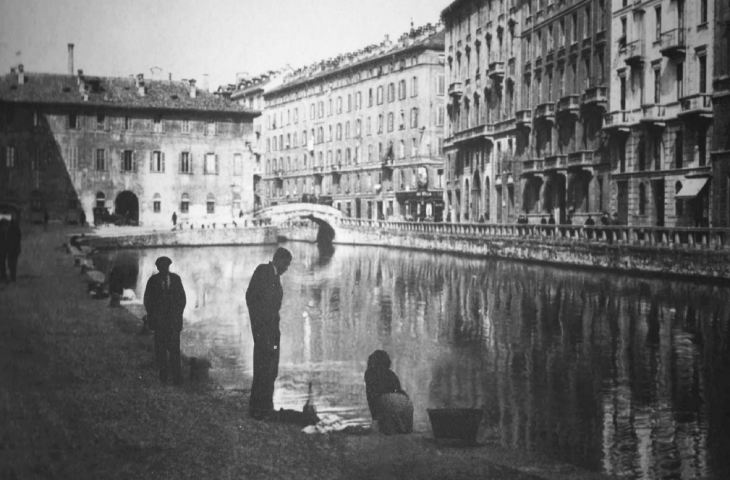MILAN – 12 November will mark the opening of the “Milan: City of Water” exhibition, which is curated by Stefano Galli and housed in Milan’s Palazzo Morando. The collection includes 150 historical images, unpublished documents and vintage maps, which together showcase the important role water has played in the history of Lombardy’s capital city, as well as in the transformation that the city’s urban fabric has seen since its foundation. Following the huge public success of the “Milan between the World Wars” exhibition, which had over 40,000 visitors, the Spirale d'Idee Association is back with a new exhibition project to examine the fundamental role water has played in Milan’s history.
“Milan: City of Water” exhibition
Around 150 historical images from public and private archives, as well as unpublished documents and cartographic material, are gathered together to show the abundant amount of water the city has had since its origins. Water was a key element around which the city’s appearance, prosperity and historical success were built. The aim of the exhibition is to document Milan’s “aquatic history”, starting with the thirteenth and fourteenth-century chronicles of Bonvesin de la Riva and Galvano Fiamma, which described the Ambrosian city as full of lush ditches and canals teeming with fish, and peppered with windmills. It then looks at the important role that water has played in the city’s military defence, as well as in its economic and industrial growth.
Exhibition route
The exhibition has sections dedicated to interesting facts, such as the presence of “miraculous springs” and the mystery of the octagonal fountains and baptisteries, the history of the Idroscalo artificial lake, built to accommodate seaplane landings, and the history of the city dock, which was the eighth most important Italian port for the transportation of goods for decades. It also covers the diving man experiment on the Naviglio Grande in the eighteenth century, as well as the reasons why the Civic Aquarium was saved from demolition, and many other anecdotes. It concludes with a historical overview of the wastewater purification systems.
by editorial staff











